#1. The Migration is predictable – except when it’s not#2. The animals leap blindly and madly into the water – except when they don’t#3. The Migration is full of adorable baby gnus and zebras – so cute!#4. A million wildebeest on the move together, in one group
Yes, it’s a million gnu on the move but they don’t travel all together all the time, or half the group would starve. They split into what are known as ‘mega herds’, which consist of thousands and thousands of individuals travelling on slightly different routes in more or less the same direction. After the rut, which is mating season, those that did not mate often break away from the others and form their own herd that travels through the Seronera Valley.
Members of mega-herds can be quite spread out, with the forerunners arriving at a new place sometimes a day or two ahead of the stragglers – a kind of an early warning system for guides.
|
International tour packages,Honeymoon Special tour packages,Customized tour packages,Air tickets,Forex,Visa & Passport Service... We make Memories -Customer Care :91+9717416541 Visit us at - www.tycoon-holidays.com
Sunday, 10 July 2016
What you Didn't Know about the Wildebeest Migration
Subscribe to:
Post Comments (Atom)

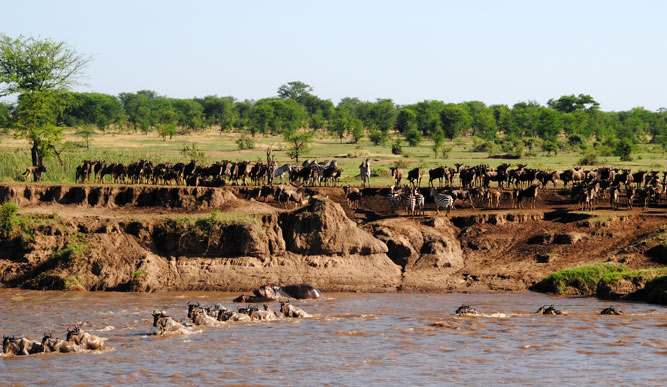
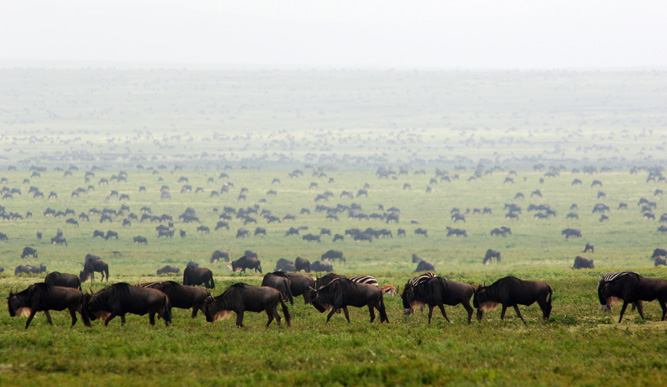
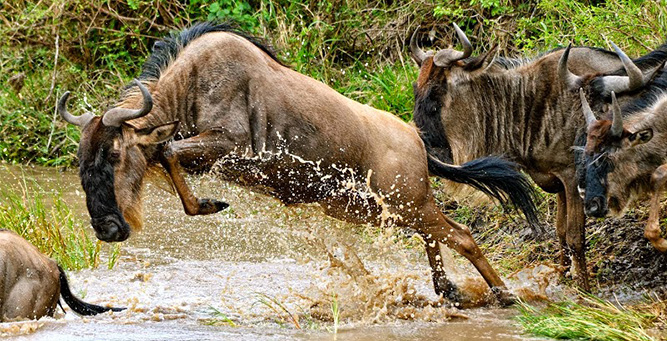
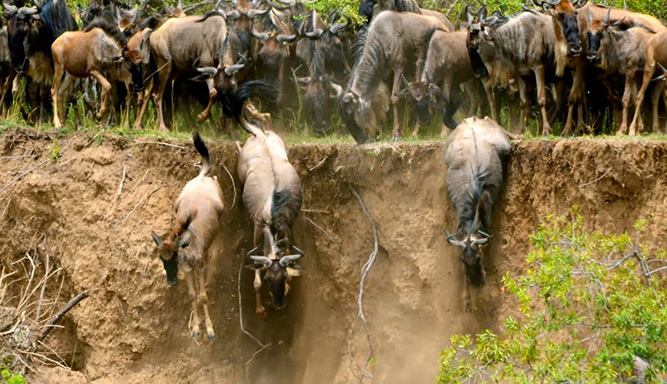
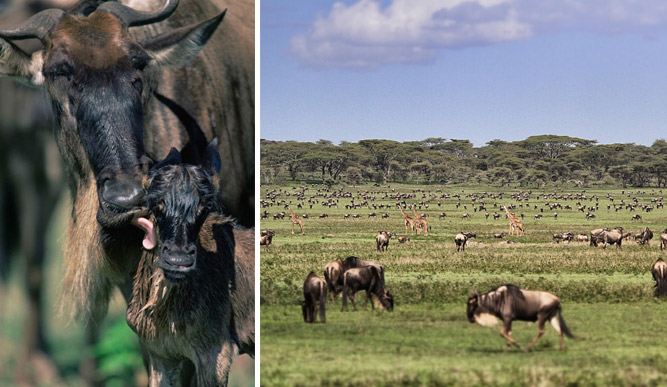
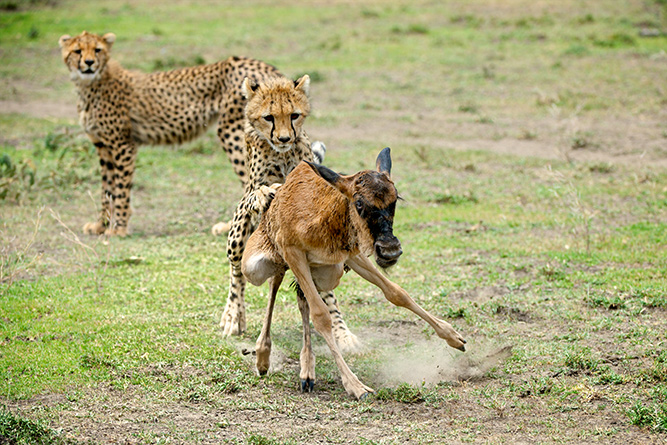
No comments:
Post a Comment